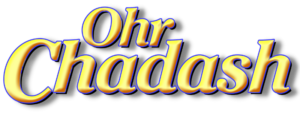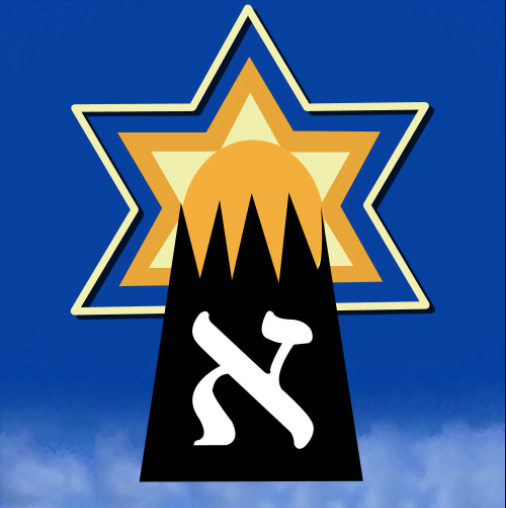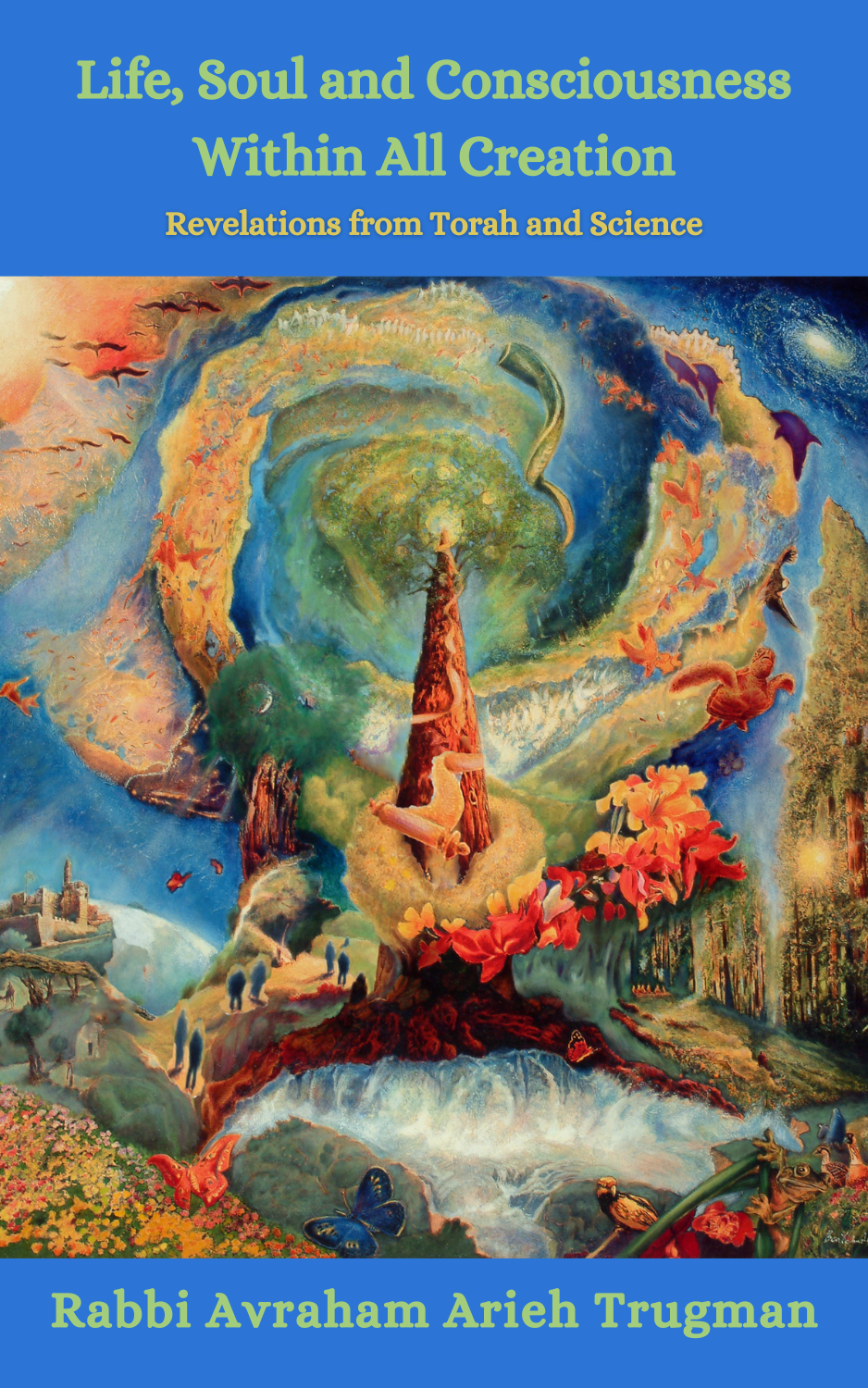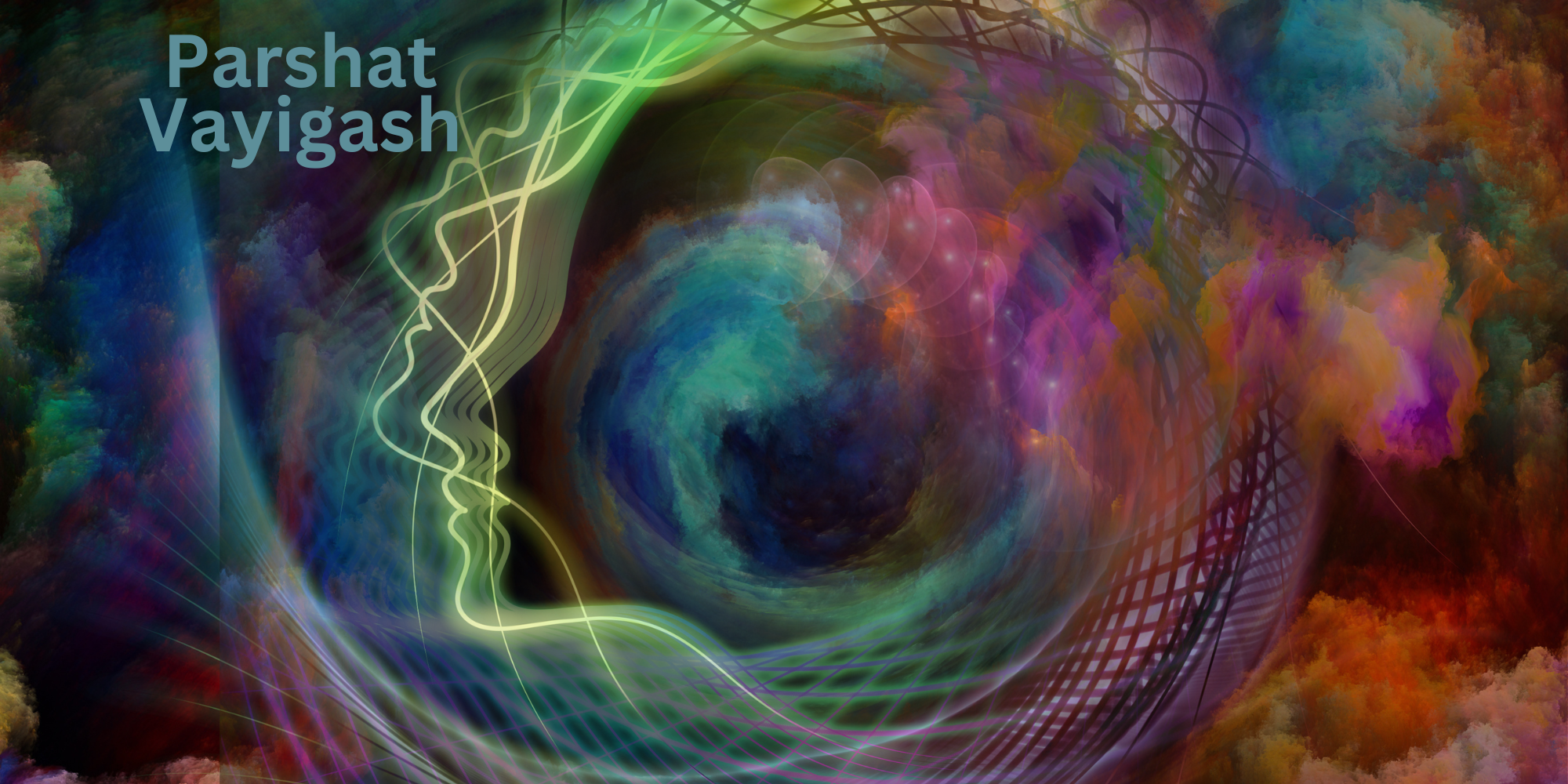As part of the religious decorations in many synagogues around the world there is often found the following verse from Psalms (16:8) displayed prominently: “I put God before me at all times.” In Kabbalah, this verse is interpreted to mean that the essential four-letter Name of God appears in the form and process of every aspect of reality. We are therefore instructed to use it as a model through which we may come to understand the Divine as it manifests in all areas of life.
For example, the four letters of God’s name – yod, hei, and vav, heh – when permuted, form the three primary words we use in Hebrew to describe the passage of time: past (hei, yod, hei; hayah) present (hei, vav, hei; hoveh) and future (yod, hei, yod, hei; yiheyeh.) This reveals that God’s signature can be found in every moment of time, including of course, the four seasons, which also correspond to the four letters of God’s name. Similarly, many aspects of space and material reality are based on the number four, making them natural expressions of God’s name as well. For instance, the four cardinal directions (north, south, east and west), the four basic elements (fire, earth, water and air), the four basic forces of the universe (gravity, electromagnetic, the strong nuclear force and the weak nuclear force), the four states of matter (solid, liquid, gas and active combustion), the four aspects of creation (inanimate, vegetable, animal and human), and so on.
In addition to the physical universe, the four letters of God’s name manifest throughout the spiritual worlds as well. In Kabbalah, we are taught that there are four worlds simultaneously expressing and encompassing all levels of created reality, from the spiritual to the physical: Atzilut – the World of Emanation (Yod); Briah – the World of Creation (Hei); Yetzirah – the World of Formation (Vav) and Assiyah – the World of Action (Hei).
A beautiful allusion to the four letters of God’s name is also found within four major components of the holiday of Yom Kippur. The yod, the first letter of God’s name, numerically equals ten, corresponding to the date of Yom Kippur, the tenth of Tishrei, the culmination of the Ten Days of Repentance. An additional connection between the yod (ten) and Yom Kippur relates to Moses coming down from Mt. Sinai with the Ten Commandments inscribed on the second tablets of the law on Yom Kippur.
The first hei of God’s name numerically equals five, corresponding to the five prayer services of Yom Kippur. We pray three prayer services daily, and four on Shabbat and holidays. The only time of the year we pray five prayer services is on Yom Kippur. This further relates to the five levels of soul (nefesh, ruach, neshamah, chayah and yechidah), of which the fifth super-conscious level of soul, yechidah, is more accessible on Yom Kippur than any other time of the year (further discussion of these five levels of soul can be found in the next section).
The third letter of God’s name, vav, numerically equals six, corresponding to the six divisions of the Torah reading on Yom Kippur. Significantly, this is the only day of the year when there is such a division (normally there are either three or seven divisions). In Kabbalah, the number six relates to the six cardinal emotional attributes that exist within each person. On Yom Kippur, we attempt to rectify ourselves by seeking forgiveness for our mistakes and shortcomings in relation to these six emotional attributes. Furthermore, according to Kabbalah, the letter vav also symbolizes sexual energy. This is reflected in the fact that the afternoon Torah reading service of Yom Kippur deals exclusively with this topic.
The last letter in God’s four-letter name, the final hei, numerically equals five, corresponding to the five prohibitions of the day: eating and drinking, bathing, anointing with oil, wearing leather shoes, and marital relations.
The above examples are but a few of the almost infinite number of ways we can see the four-letter Name of God reflected in creation, as well as in the specific context of Yom Kippur. The more we learn to recognize these correspondences, the more we come to appreciate the deeper meaning of the phrase from Psalms quoted at the beginning of this chapter: “I place God before me at all times.”







